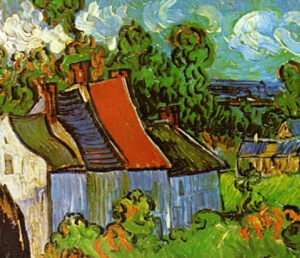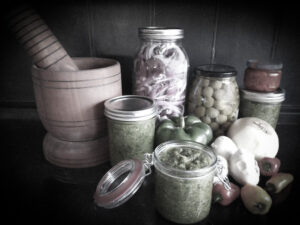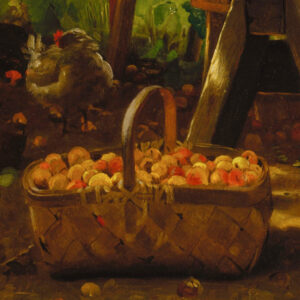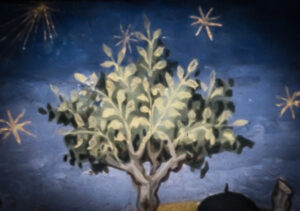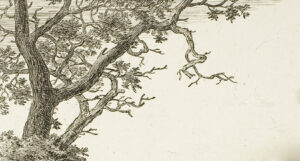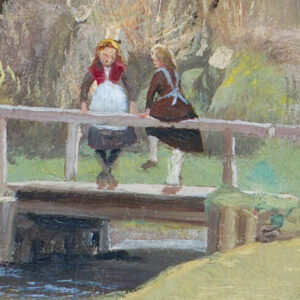—Ink and Echoes—

Flowers
G. H. Cranmer
—1851—

Premium Subscribers
Sorry, this feature is only available for H&F Print Premium subscribers. You can sign up here.
(If you are already a Print Premium subscriber, be sure to click the authentication link you were sent by email so this won't happen again.)
What a volume of thought and feeling is contained in the simple flower! As the lightnings which flash along the firmament of heaven, or the thunders which startle the silence of eternity, are typical of His anger and might—so are the beauty and simplicity of a flower typical of His purity and mercy.
A flower is no insignificant object. It is fraught with many a deep though mute lesson of wisdom. It teaches us that even itself, the brightest ornament of the vegetable world, must fade away and die—and the life which we prize so highly may be seen, as in a mirror, through its different changes.
The withered leaflet is like unto a crushed and broken heart. Its fading loveliness is like the approach of age as it throws its mantle of wrinkled care over the form of some lovely specimen of humanity. Its sweet fragrance is like the joys and pleasures of our breasts ere they have been contaminated by the rude touches of the world.
The dew-drop which, at morning’s dawn, rests upon the half-oped bud, is like the tear which dims the infant’s speaking eye when his childish glee has been reproved by the voice of affection.
A flower represents mankind in the changes of infancy, youth, manhood, and old age. The young bud is infancy; the bursting flower is youth; the flower full blown is manhood, and the withered and tailing leaf is the type of old age.
Its uses are various and manifold. Sometimes the promptings of affection lead us to place it, in its purity and beauty, over the tomb of some beloved friend, where, shedding around its fragrance, it steals upon our senses like the memory of the departed being beneath. Sometimes the hand of pride will pluck it from its stem, to deck the hair of the blooming bride, or add by its odor to the festive scene. And not unfrequently it is the mute bearer of some fond tale of love to the ecstatic sense of her whose heart and feelings are at length justified, by its sweet language, in the thoughts they so long have harbored. It soothes the cares of the troubled soul, and alleviates the pangs of sorrow. It wins upon us by its modest though blooming appearance, and its gentle influence steals into our bosoms and softens our natures.
Study the flowers, and behold the wisdom, the goodness, and mercy of the Almighty. Anatomize them, and behold the innumerable parts which form and make up the whole, and the system and order with which they are joined together.
Refinement dwelleth among the flowers. There the affections of our hearts are given license to rove, and there the enthusiasm of our nature overcomes the diffidence of our feelings. Voluntary homage arises to the Maker of objects so fair and beautiful, and the soul in the contemplation sighs itself away in a delicious reverie. Not less beautifully than truly has it been said:—
“There is religion in a flower;
Its still small voice is as the voice of conscience.
Mountains, and oceans, planets, suns, and systems,
Bear not the impress of Almighty power
In characters more legible than those
Which He has traced upon the tiniest flower
Whose light bell bends beneath the dew-drop’s weight.”





